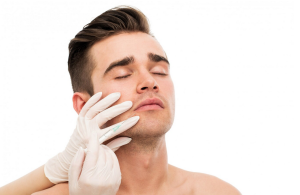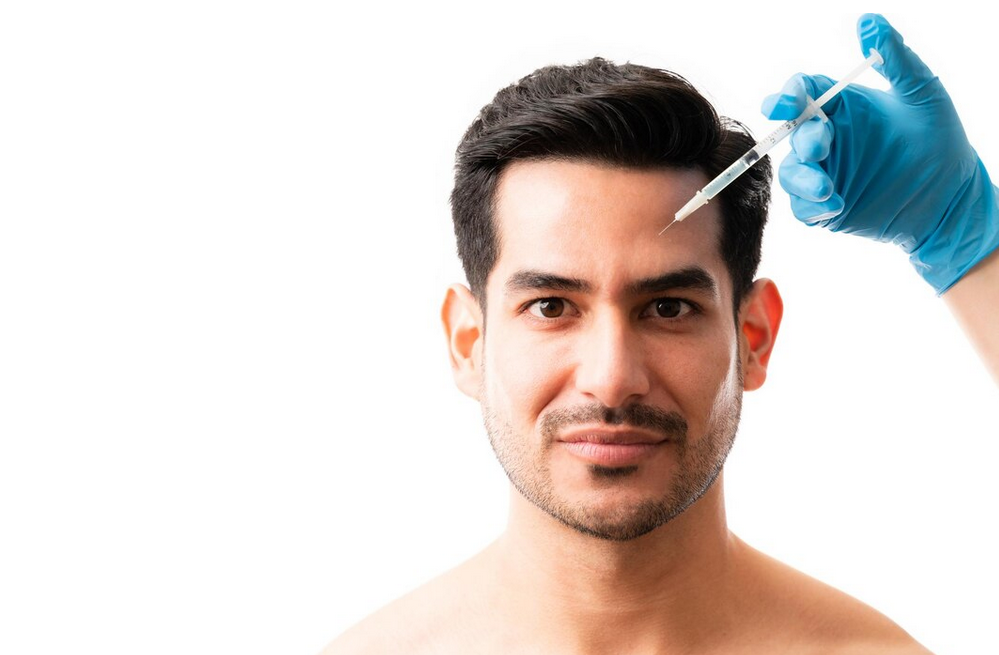In the realm of medical practices, plastic surgery signifies a field that involves modification or enhancement of a person’s physical attributes, which could be for reconstructive or cosmetic purposes. While traditionally linked predominantly to females, the tides are noticeably turning. An emerging trend we are observing is the marked increase in the prevalence of plastic surgery among the male fraternity – a trend we refer to as male plastic surgery. This article endeavors to explore the concept of plastic surgery, throwing light on its transition from a societal taboo to a widely accepted practice among men.

Historic Trends in Men Undergoing Plastic Surgery
Contents
It used to be that the majority of people in society had a pessimistic view of men who sought out cosmetic operations. This view held that it was inappropriate, abnormal, or just plain unjustified for men to explore for ways to enhance their physical appearance. However, in recent years there has been a significant shift in how people in general feel and think about the idea of plastic surgery for guys. Going beyond the judgments of society in an effort to improve one’s own life and one’s career prospects, today’s man is openly supporting the use of cosmetic augmentation.
In sync with these shifting attitudes, present male plastic surgery trends display a society that is becoming more accustomed to men opting for cosmetic procedures. Contemporary males are now becoming more conscious of their physical image and progressively proactive about enhancing their physical features. A marked rise in men soliciting technical consultations and subsequent procedures has noted by doctors. Societal influences, aspirations in career, self-confidence, and well-being issues are propelling these pursuits, leading to a consistent upward trend.
Reasons for the Increase in Men Opting for Plastic Surgery
It is impossible to deny the effect that social media plays in today’s technologically advanced society in changing attitudes on plastic surgery among men. The relevance of images on social media platforms such as Instagram, Snapchat, and Facebook has increased the focus on aesthetics, which has resulted in an increase in the amount of pressure to present an appealing appearance. As a consequence of this, more and more men are giving in to the pressures of society and opting to undergo operations that are designed to improve their physical characteristics.
Similarly, the career world views plastic surgery as a pathway to gain an edge over competitors. The job market, particularly in sectors focusing heavily on appearance, compels men to maintain an attractive and youthful appearance, often associated with professional accomplishments. Thus, men are opting for plastic surgery to refine and beautify their physical appearance in order to sustain their professional competitiveness.
The increase of one’s self-esteem and self-confidence are two other motivating aspects that lead men to seek out plastic surgery. Males who have struggled with anxieties over their bodies may find that the procedures offer a viable solution to their problems. Cosmetic and reconstructive treatments have the ability to correct what are believed to flaw, which can have a positive impact on a person’s sense of self, confidence, and general emotional health.
Most Popular Plastic Surgery Procedures Among Men
Several procedures enjoy popularity among men opting for plastic surgery. Predominantly sought procedures include liposuction, rhinoplasty or nose reshaping, eyelid surgery, gynecomastia or male breast reduction, and hair transplants. These procedures target parts of a man’s body that are traditionally seen as sources of worry. Liposuction, for example, can assist in the removal of obstinate fat accumulations, and rhinoplasty can assist in the creation of a facial appearance that is more harmonious. Hair transplants are one solution to the widespread problem of male pattern baldness, and gynecomastia surgery is one way for men to acquire a more masculine appearance in the chest area.

Statistics: Showcasing the Rising Trend
Changes in societal attitudes, media representations, and enhanced accessibility have triggered the escalating popularity of male plastic surgery. Data from the American Society of Plastic Surgeons reveals that in 2019, plastic surgeries undertaken by men constituted 8% of the total cosmetic procedures in the US, a substantial climb from earlier years. Parallel trends are being observed globally, with nations like South Korea, Brazil, and India also witnessing a growth in the popularity of cosmetic procedures among men.
With an eye on the future, the male plastic surgery trend is projected to persist and potentially escalate. Even though cultural and societal shifts will continue to mould the popularity of these procedures, progressive developments in cosmetic and surgical technologies will presumably make these procedures more accessible, safer, and diverse, thereby reinforcing this upward trend.
Risks and Ethical Implications of Plastic Surgery
As with any surgical intervention, plastic surgery comes with its share of short and long-term implications. Immediate risks involve the possibility of infection, excessive bleeding and undesirable reactions to anaesthesia. Long-term implications can range from nerve damage and scarring to dissatisfaction with the end results. Therefore, it is essential for individuals to consider these potential risks and engage in an open dialogue with their surgeon before deciding on the procedure.
From an ethical standpoint, conversations have emerged surrounding beauty ideals, societal pressures, and the role of the medical community. Critics of the trend argue that promoting physical modifications can endorse impractical beauty standards. Questions also raise about whether the healthcare sector should advocate surgeries that may not be medically essential.

The upward trajectory in the popularity of male plastic surgery attests to the metamorphosing societal norms and attitudes towards male aesthetics. Influences from social media, competitive professional landscapes, and the desire for enhanced self-worth are the major factors steering men towards such procedures. With predictions indicating a continued growth trend, it becomes indispensable to address the potential risks and ethical concerns surrounding such practices. Above all, fostering informed decision-making and ethical conduct should be prioritize by those contemplating this route to self-enhancement.
This exploration opens up avenues for a continued discussion, catalysing a broadened understanding and insightful discourse on the subject.

